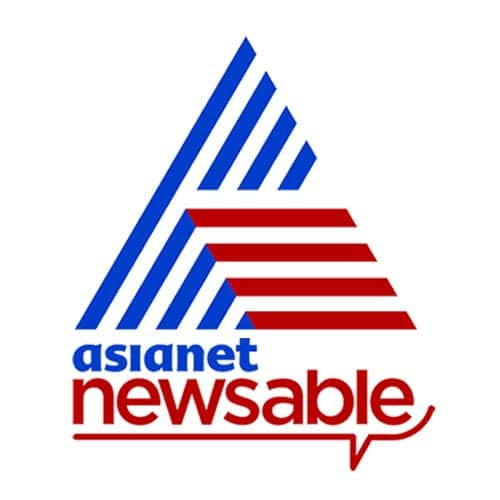synopsis
The elections to this tiny state's assembly are considered important as political pundits see the possibility of a tough contest between the ruling party and the opposition, the first in a year of polls to elect state governments.
CPI(M) general secretary Sitaram Yechury said that a three-cornered fight that is unfolding in the politically crucial Tripura will help the Left-Congress alliance in the upcoming assembly elections.
Speaking to a news agency, the Communist leader said that local-level leaders will make an assessment to see "who is best able to defeat the BJP", while looking at possible adjustments with other parties (such as Tipra Motha) in the run up to the polls slated for February 16.
Also read: 'Take care of my papa': Lalu Prasad Yadav's daughter writes emotional post
"The BJP (and its ally IPFT) had won 18 seats in the last elections out of 20 seats in the tribal areas," the CPI leader pointed out. In the 60-member Tripura assembly, 20 seats are reserved for tribal areas. The BJP had won a total of 36 seats to form a government in 2018, with half of them coming from the tribal region.
"This time the Tipra Motha is at the forefront in tribal areas. The IPFT is now just a rump and BJP has given them only 5 seats. The advantage that BJP got last time won't be repeated. That should help the Left-Congress alliance," he explained.
Analysts here tend to agree with CPI(M)'s assessment that with the rise of the Tipra Motha, a party founded by Pradyut Kishore Manikya Debbarma, a scion of the former royal family of the state and a Tripuri, BJP's vote and seat share in tribal areas will be drastically reduced.
Also read: Delhi liquor scam case: ED arrests YSR Congress MP's son; check details
In the last elections, BJP had a 43.59-percent vote share compared to CPI(M)'s 42.22 percent and Congress's couple of percentage points.
In 2018, the BJP stormed to power, gobbling up most of the Congress vote that in 2013 was nearly 37 per cent and partially into the CPI(M)'s vote bank, which was 48 percent in 2013.
With the expected reduction in tribal votes (which accounts for nearly a third of the state's total) for the BJP, the Left believes the alliance led by it stands to gain an advantage in the forthcoming elections.
The elections to this tiny state's assembly are considered important as political pundits see the possibility of a tough contest between the ruling party and the opposition, the first in a year of polls to elect state governments.
Also read: Delhi-Mumbai Expressway: Delhi-Dausa-Lalsot section opens on Sunday
Till 2018, the electoral contest in the state was largely between the Congress and CPI(M), with smaller tribal parties playing minor but at times crucial roles.
With both the erstwhile Maharaja and Maharani, having been Congress MPs (Kirit Bikram Kishore Manikya Deb Barman Bahadur won three terms in Lok Sabha - 1967, 1977 and 1989 - while his wife Bibhu Kumari Devi won in 1981), the grand old party had a strong presence in the tribal belt.
After suffering attacks on its party offices and workers in the past and desertions by some of its workers to BJP, the CPI has been more than visible in the assembly elections. Hammer and sickle red flags dotting the countryside, convoys of trucks and motorcycles ferrying supporters of the SFI (the Communist students' wing) and CPI(M) activists wearing red t-shirts are part of the landscape.
(With inputs from PTI)
)
 subscribe to Asianet News Whatsapp channel by clicking here.
subscribe to Asianet News Whatsapp channel by clicking here.